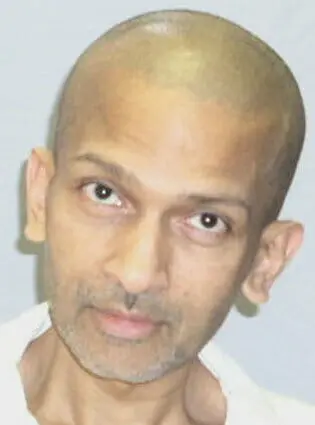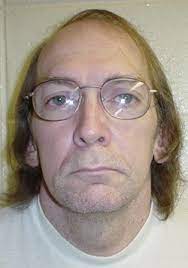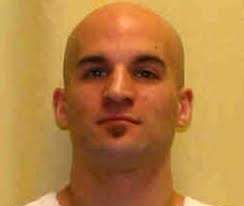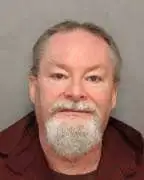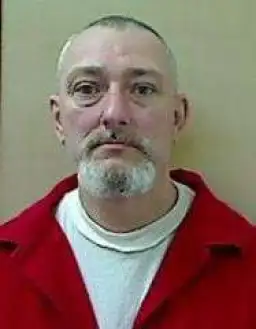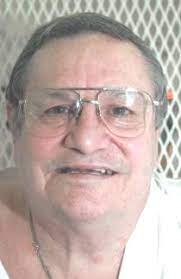Syed Rabbani Murders Mohammed Jakir Hasan
Syed Rabbani was sentenced to death by the State of Texas for the murder of Mohammed Jakir Hasan
According to court documents Syed Rabbani would rob a store and force the clerk Mohammed Jakir Hasan to kneel before he was fatally shot
Syed Rabbani would be arrested, convicted and sentenced to death
Syed Rabbani Photos
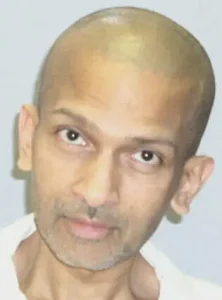
Syed Rabbani Now
SID Number: 03641873
TDCJ Number: 00000910
Name: RABBANI,SYED MOHMED
Race: O
Gender: M
Age: 58
Maximum Sentence Date: DEATH ROW
Current Facility: ESTELLE
Syed Rabbani Case
The victim, Mohammed Jakir Hasan, worked at a Quick-n-Easy convenience store as a clerk. Testimony revealed the victim was hardworking, frugal, and saving money in an effort to someday own a convenience store. On the evening of October 31, 1987, Hasan planned to work at the Quick-n-Easy till closing and then spend the night at Sajedul Chowdhury’s apartment, which Hasan often did because of the apartment’s proximity to the convenience store. Chowdhury testified Hasan never came to his home that evening, and after several inquiries as to Hasan’s whereabouts, Chowdhury took a taxicab to the convenience store at 7:00 a.m. the following morning (November 1st). Upon arriving at the store, Chowdhury found Hasan’s car in the store parking lot, the store was locked and the lights were on, all of which alarmed him. Chowdhury and the cab driver entered the store[2] and found the safe under the counter was open with only a few coins and Chowdhury’s gun, a Colt .38 special revolver, laying inside. The cab driver discovered Hasan’s body, in the fetal position, lying in a pool of blood on the bathroom floor in the back of the store. The last entry on the cash register tape was made at 1:03 a.m. on November 1, 1987. The manager of the Quick-n-Easy store testified that approximately $630.00 was missing from the store’s safe. The medical examiner testified Hasan died from three close range gunshot wounds, two to the head (which were through and through) and one to the chest.
Hasanur Rahman, who knew both Syed Rabbani and his cohort in the alleged offense, Shibli Khan, testified that Khan regularly borrowed the keys to his apartment while Rahman was at work in order to watch television and drink beer. Syed Rabbani was always with Khan during these visits. Rahman also testified it was not uncommon for Khan to come over to his home in the middle of the night “because [Khan] doesn’t sleep much in the night.” On November 1st, Rahman was awakened at 2:00 or 2:30 a.m. by Khan’s unusually loud knocking on his apartment door and his calling Rahman’s name, but Rahman was too tired to answer. Khan left about five minutes later
Several days later, after learning of the victim’s death, Rahman asked Syed Rabbani and Khan if they knew anything regarding the murder. Rahman testified that appellant appeared nervous and told Rahman “[you] don’t want to get involved.” Later that same week, Rahman again discussed *557 the murder with appellant and Khan, but this time the two cohorts had imbibed many beers. In response to Rahman’s question as to whether appellant was involved in the murder, appellant eventually told Rahman that he and Khan were present at the convenience store and involved in the murder. Appellant explained they decided to kill Hasan when they learned he was saving money to open his own convenience store. He also told Rahman that Hasan “suspected something (sic) going to happen to him[,]” and that he attempted to press the security button near the store counter. Syed Rabbani and Khan chased Hasan into the cooler where they shot him, according to Rahman’s testimony. On cross-examination, Rahman admitted he testified before the grand jury that appellant told him this murder occurred between 7:30 and 8:00 p.m. Rahman also stated that Khan told him three or four hundred dollars was taken during the robbery.
Out of fear for his own safety, Rahman never called the police. He did, however, transport Syed Rabbani and Khan to Louisiana on November 9th, and eventually to a Greyhound Bus station where appellant and Khan purchased tickets to New York. Mohamed Abdul Salam testified that he lived in Brooklyn, New York, and on November 23, 1987, he saw appellant and Khan in possession of two pistols, similar to the trial exhibits; however, the last time Salam saw appellant, he did not have a gun but Khan still possessed one. Later that same day, Salam discovered a gun in his previously empty briefcase[4], which he turned over to Frank Ciccone of the New York City Housing Police Department. Ciccone, in turn, sent the briefcase and its contents to the Harris County District Attorney’s Office.
Syed Rabbani and Khan were next seen in Houston on November 26th when they went to Rahman’s apartment. Subsequently, appellant and Khan went to Chowdhury’s home where they stayed for a few nights. Chowdhury suspected appellant of committing Hasan’s murder, so he telephoned Officer Phillips with the Harris County Sheriff’s Department, on December 1st, to inform him appellant was staying in his apartment. Later that day Officer Phillips called Chowdhury at home and told him he was coming over to discuss Hasan’s murder. When Chowdhury relayed that information to appellant and Khan, they jumped from the couch, grabbed their clothes, and fled. The police, however, were waiting for them, and immediately arrested appellant and Khan as they attempted to flee in a car with New York license plates.
Phillips questioned Syed Rabbani upon his arrest about the weapon used to kill Hasan. Appellant admitted he and Khan had two very similar weapons, and so he did not know if the weapon shown to him, which was the gun from New York, was the one used to kill Hasan. Appellant explained that at Khan’s instruction he had thrown the second gun into a convenience store dumpster on November 30th. He assisted the police in drawing a map to the convenience store, and the police recovered from the dumpster a .38 caliber Rohm revolver and a pair of gloves
At the crime scene, on November 1st, police found two apparent bullet holes in the walls of the bathroom where they found the deceased, and also found a small bullet fragment on the floor underneath the bathroom sink. This fragment was placed in an evidence locker at the Harris County Sheriff’s Department, but was missing from the locker the following day and was never found. After hollowing out the area behind the sheetrock of the bathroom walls, police failed to recover any bullets. Roughly six weeks later, the police returned to the crime scene, instituted another search of the wall area, and this time recovered a bullet. Officer Bockel testified that at the time he removed the bullet there appeared to be hair and blood on the sheetrock.
https://law.justia.com/cases/texas/court-of-criminal-appeals/1992/70455-4.html

